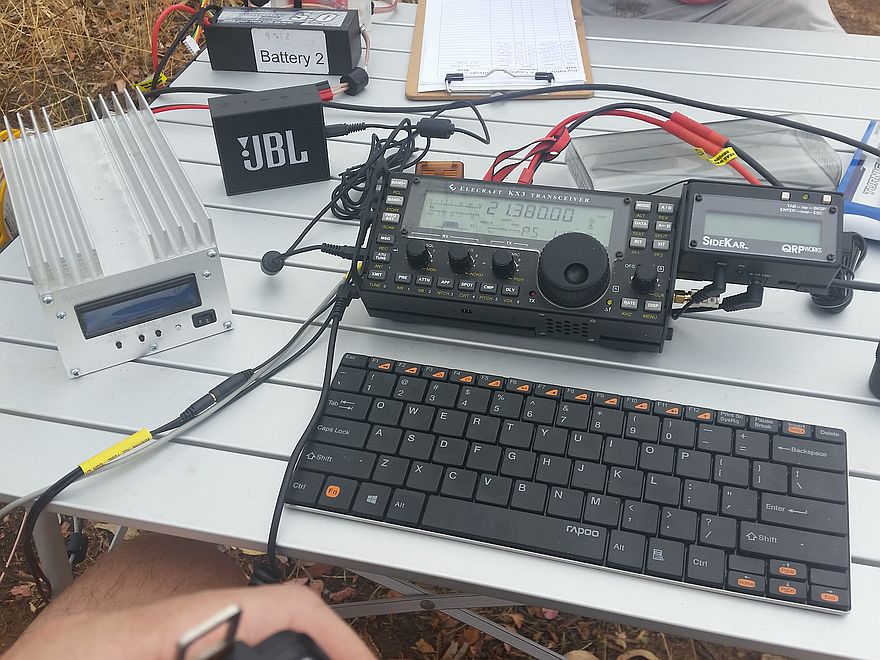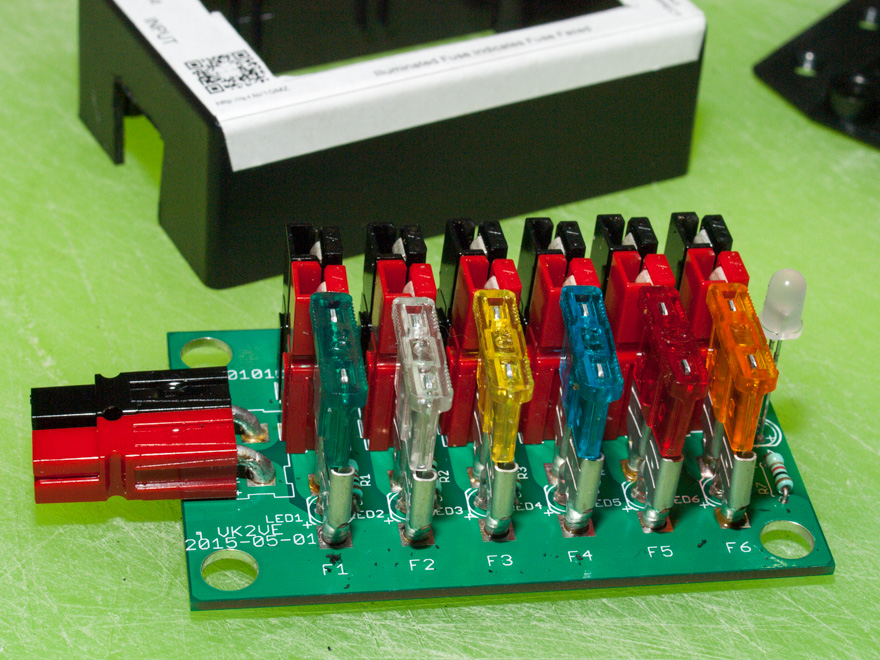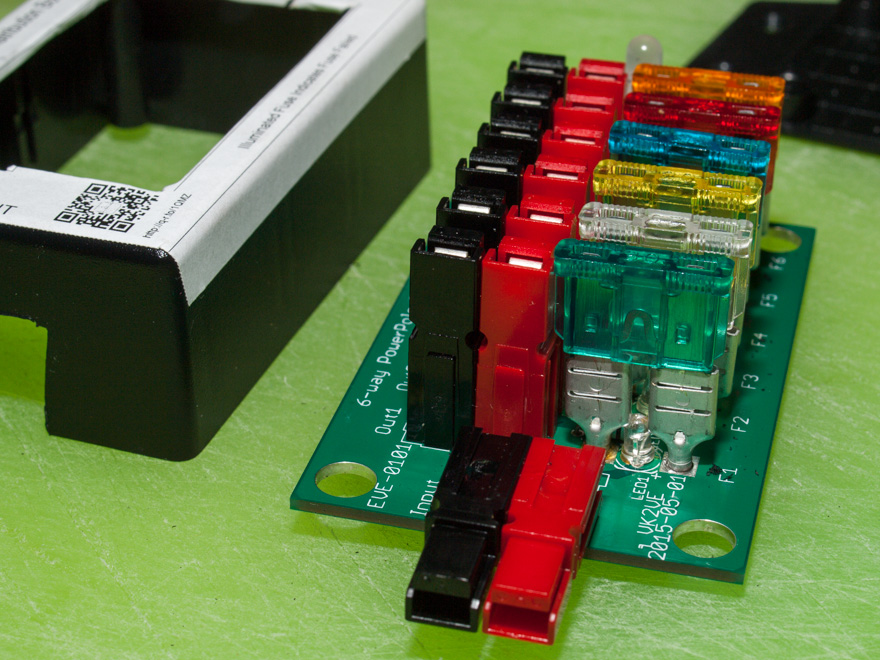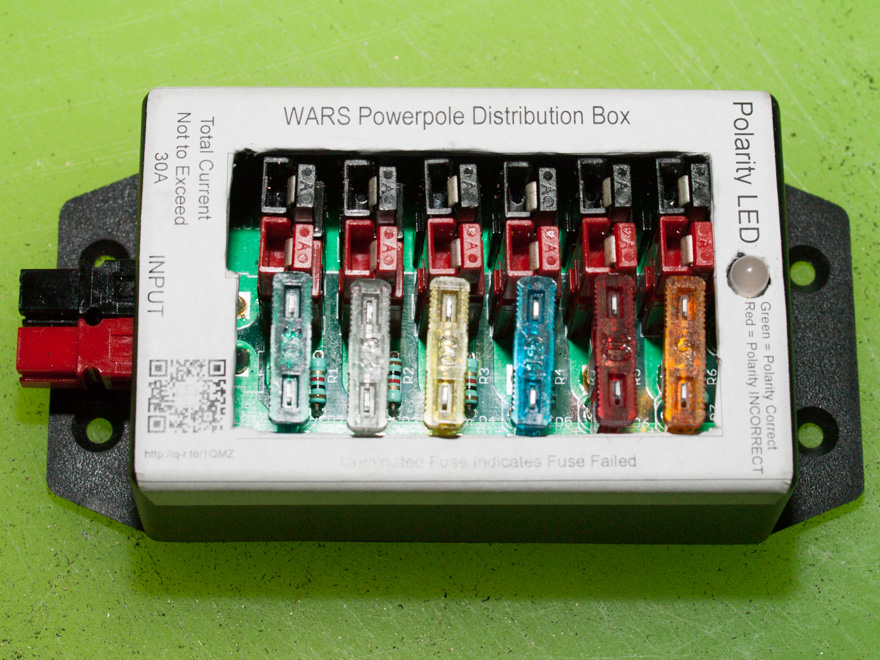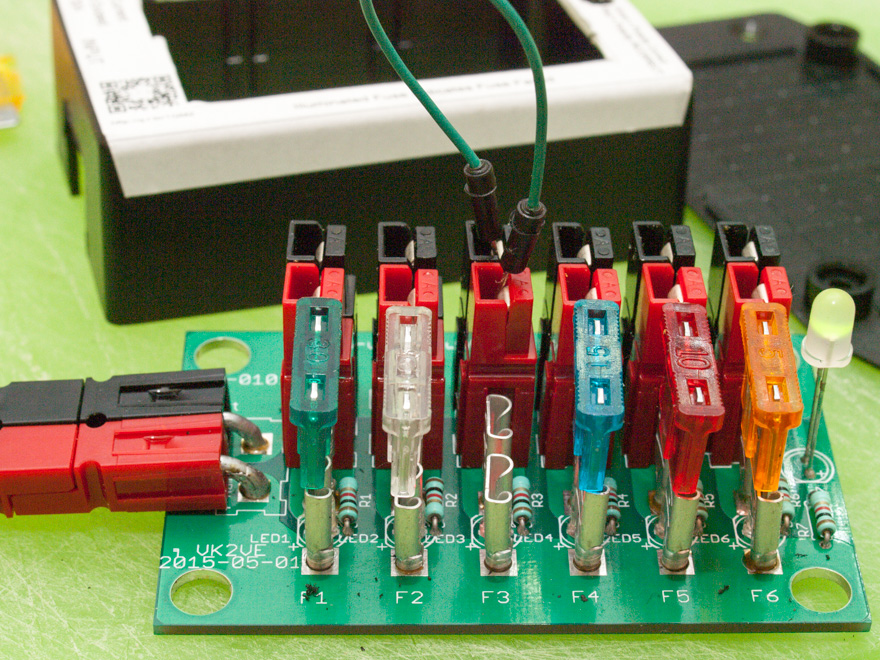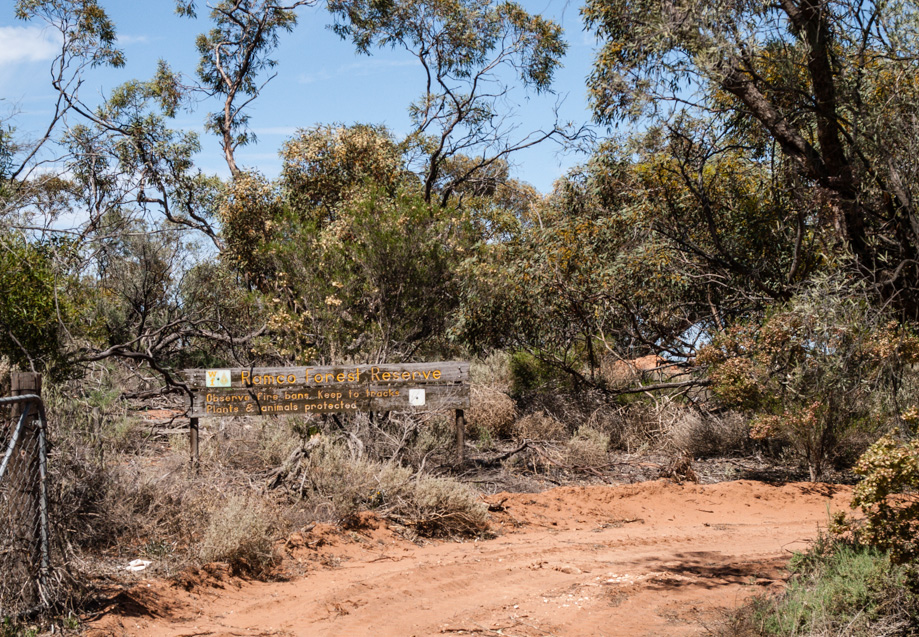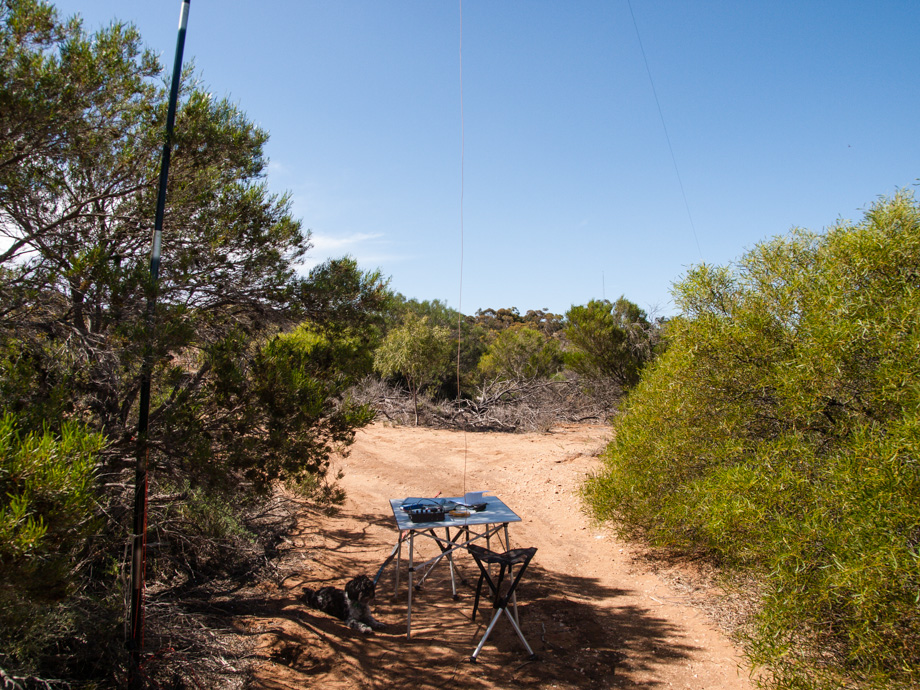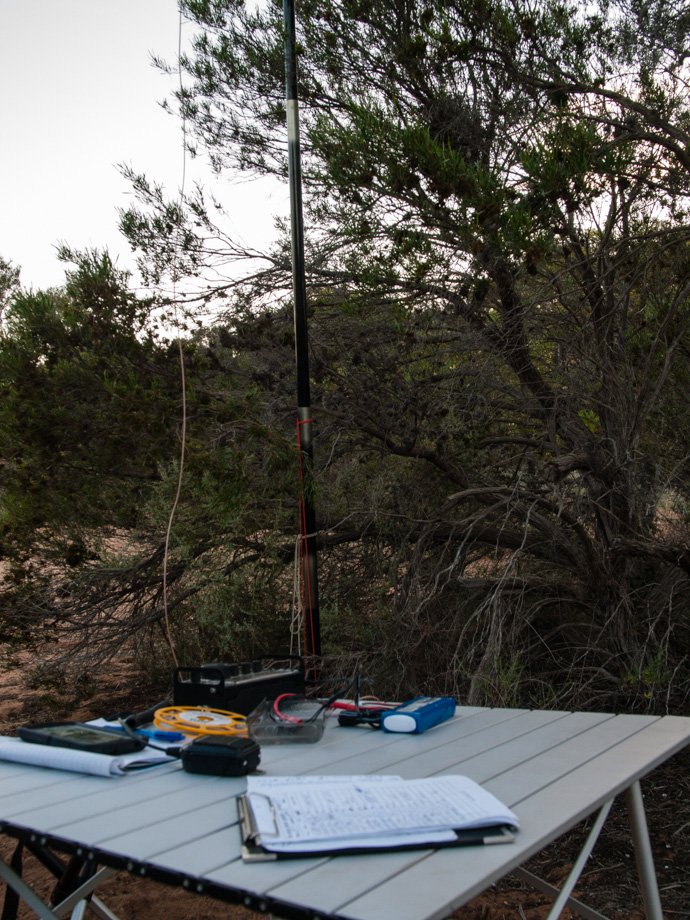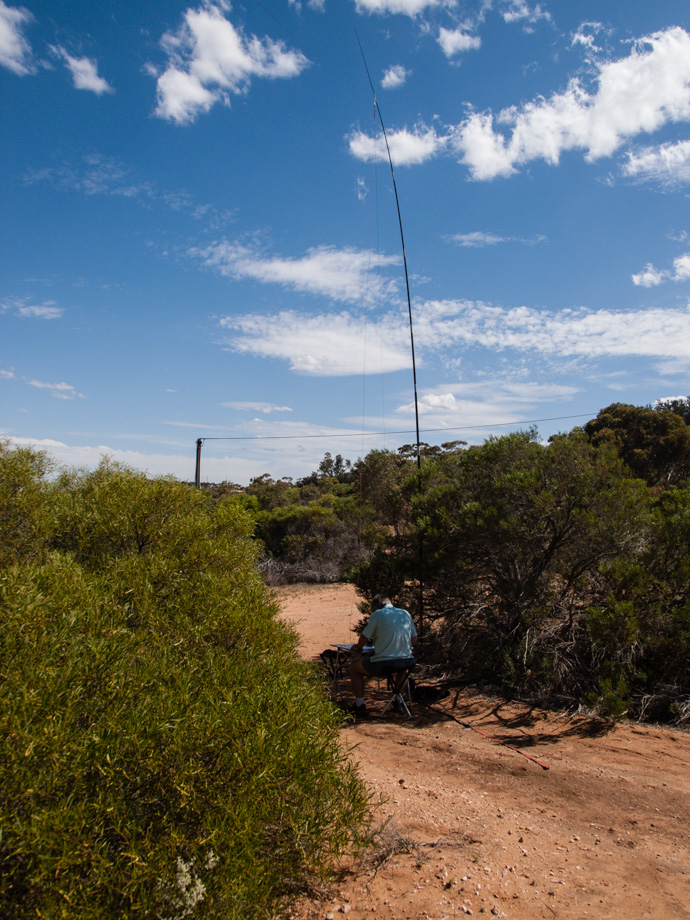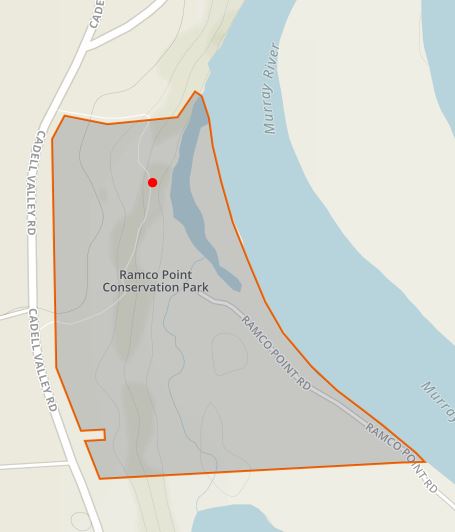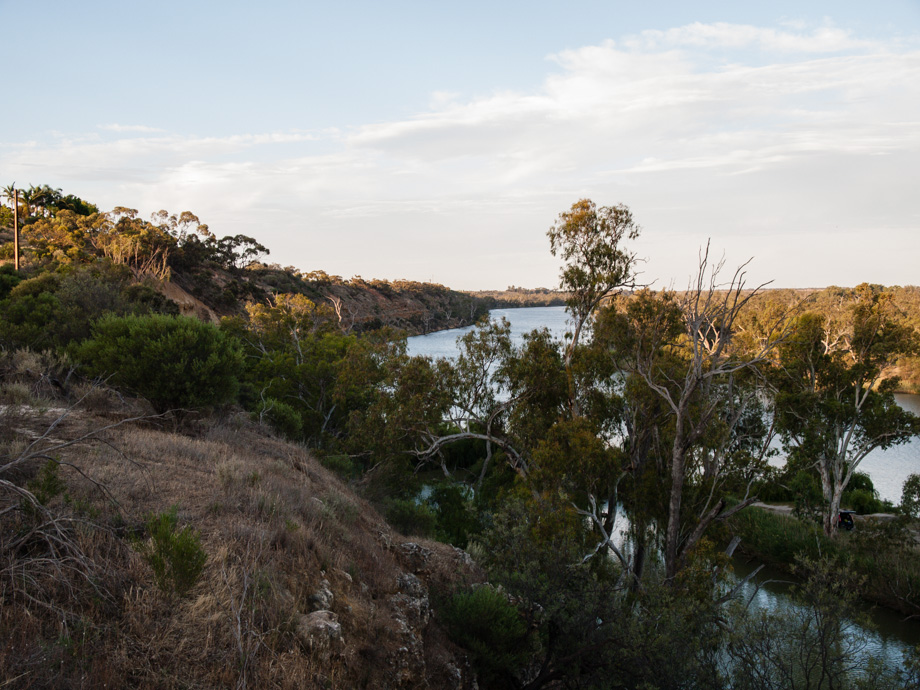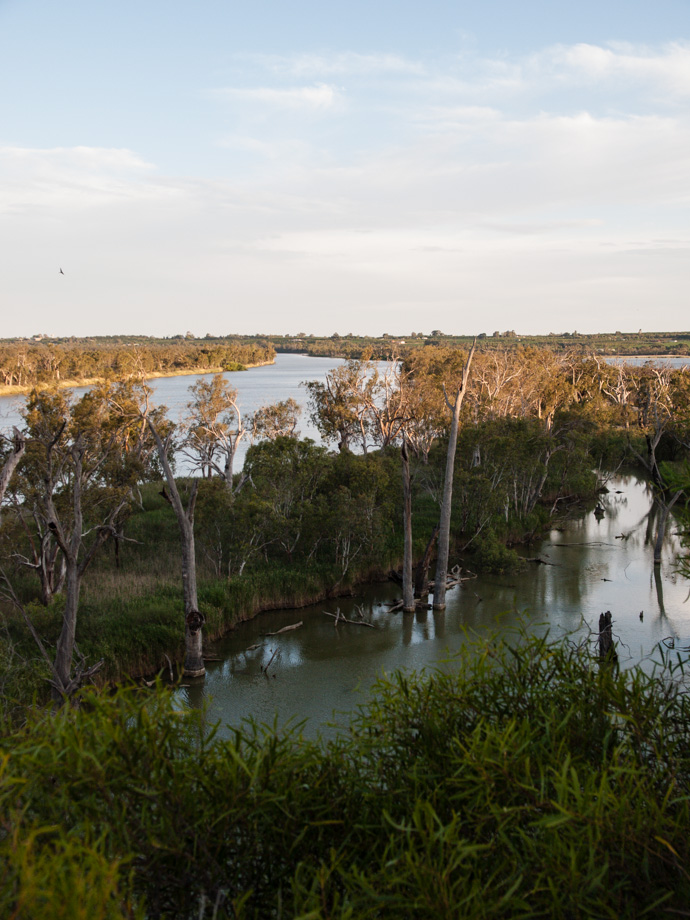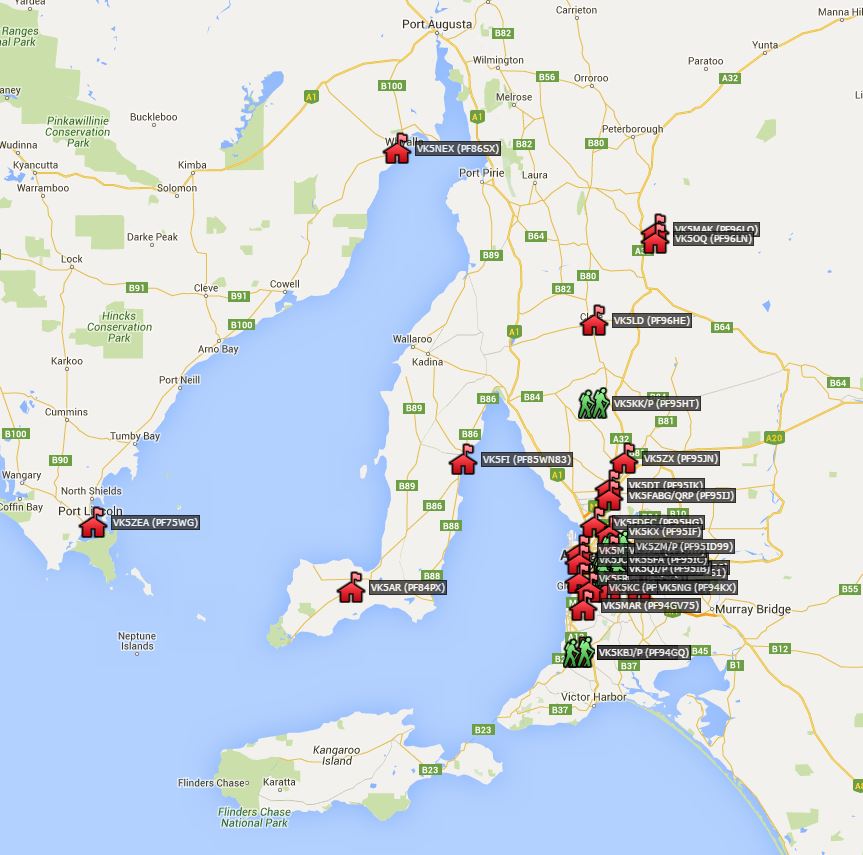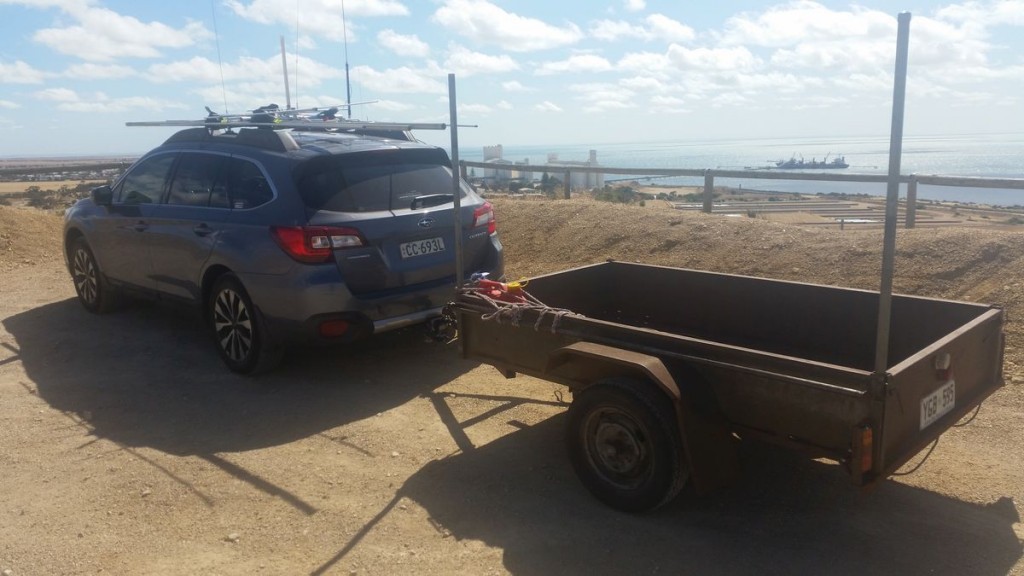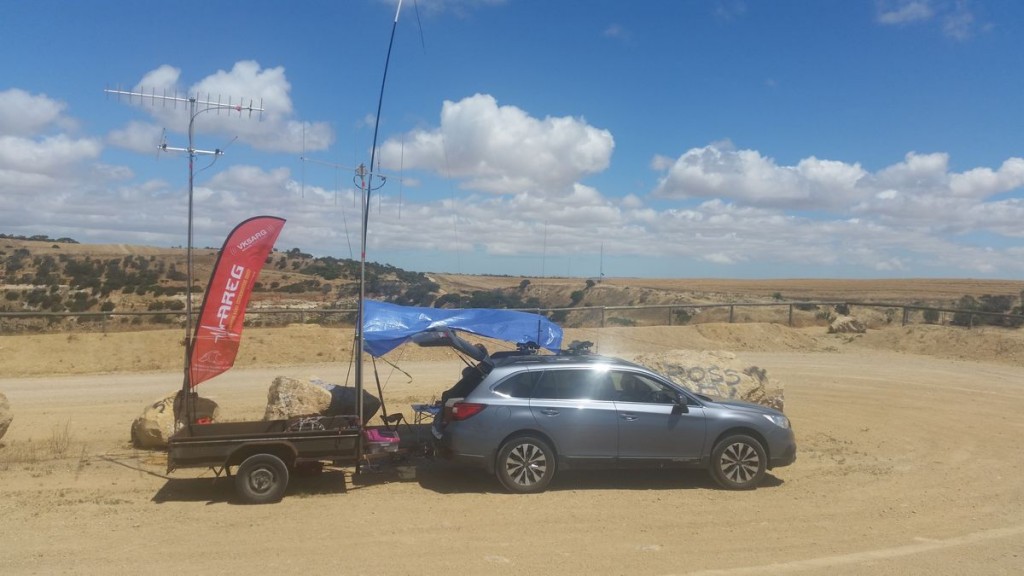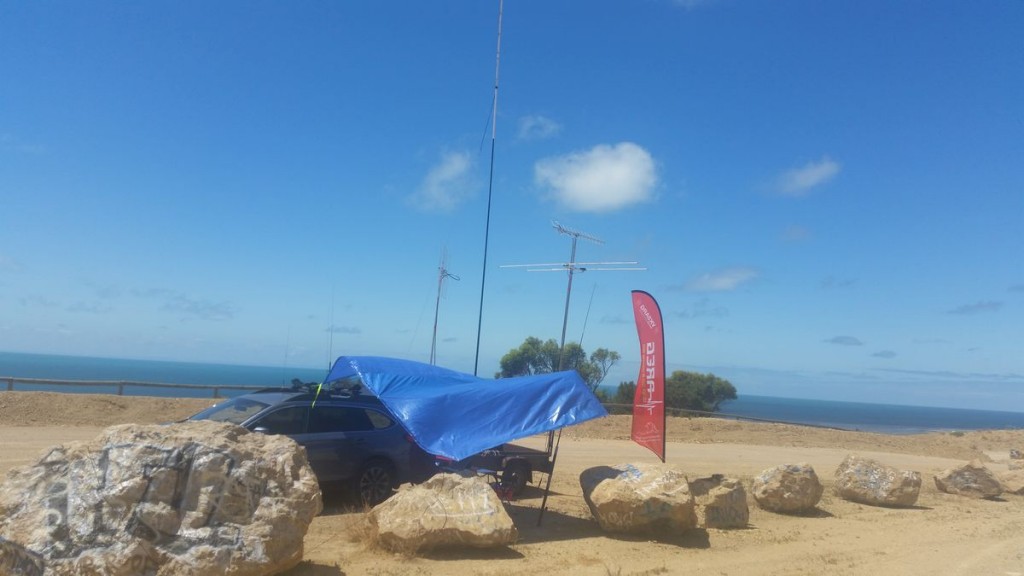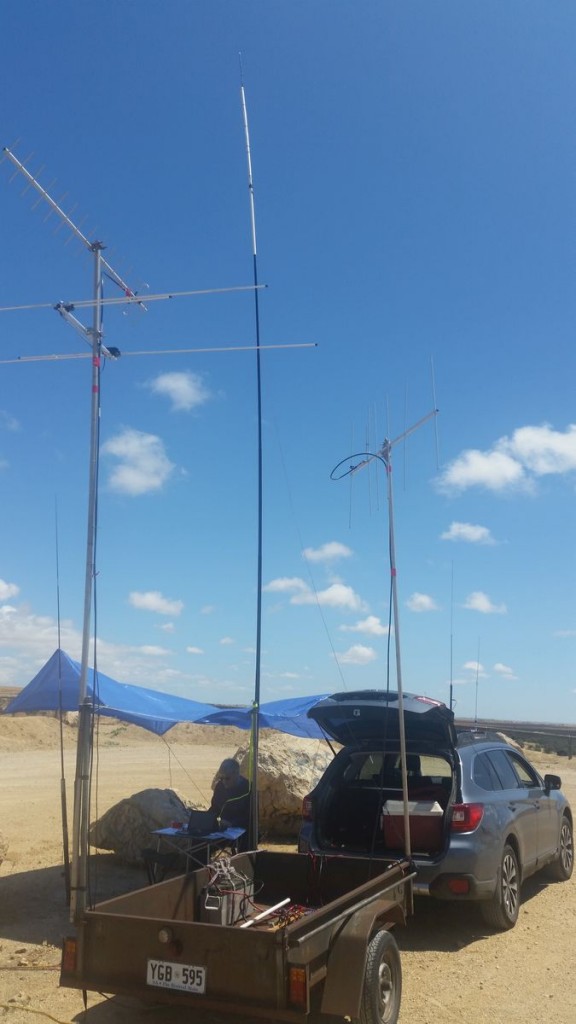On a recent trip to VK4 I wanted to get in a couple of summits, so a quick look before going, and tried to work in a couple with where I would be and I ended up getting up to 2 Summits – VK4/SE-117 and then VK4/SW-001 As an added bonus, VK4/SW-001 is also in the middle of the Bunya Mountans National park – and VKFF-0067
Friday 23rd October – Tenision Woods Mountain
First off VK4SE-117 – Tenision Woods Mountain a 6-pointer, looked to be easy from the Maps – with the summit a few hundred metres off the Mt Glorious road, about 2km West of Mt Glorious – which itself is to the North-West of Brisbane.
As it turned out, it was an easy to access summit – with just enough room on the Mt Glorious Rd for 1 car to pull over on the track to the summit. An un-expected surprise, was that the path to the summit was fenced with a National Parks’ sign on the gate! So, I suspected, that this was also a VKFF location as well.
Now I am home, I have searched out the details and sure enough, Tenision Woods Mountain is within the D’Aguilar National Park, and is VKFF-0129.
Ok, onto the Activation. First off the Locality photos- 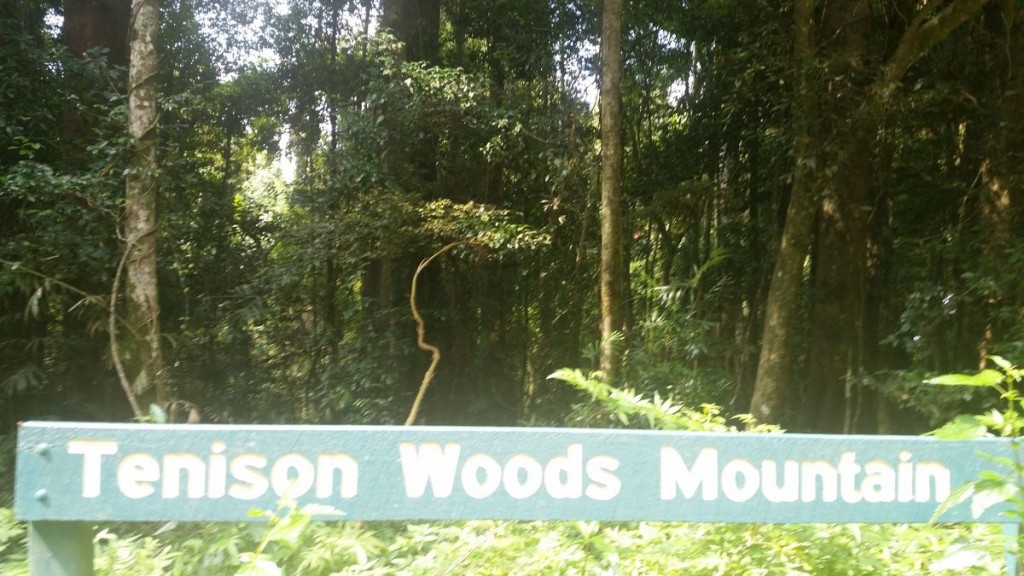
The Sign at the side of the road at the track up to the summit.
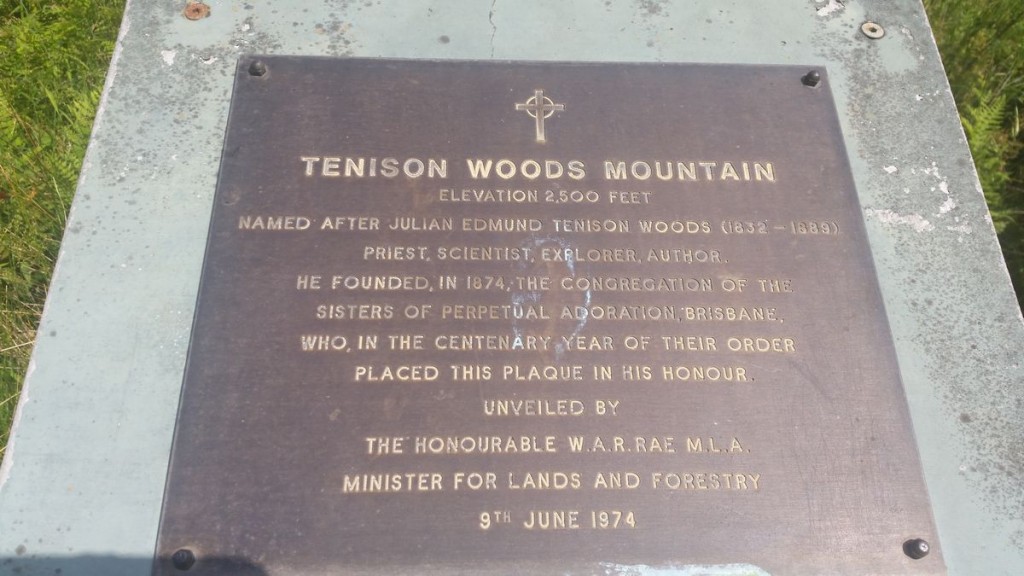
The plaque located right at the summit.
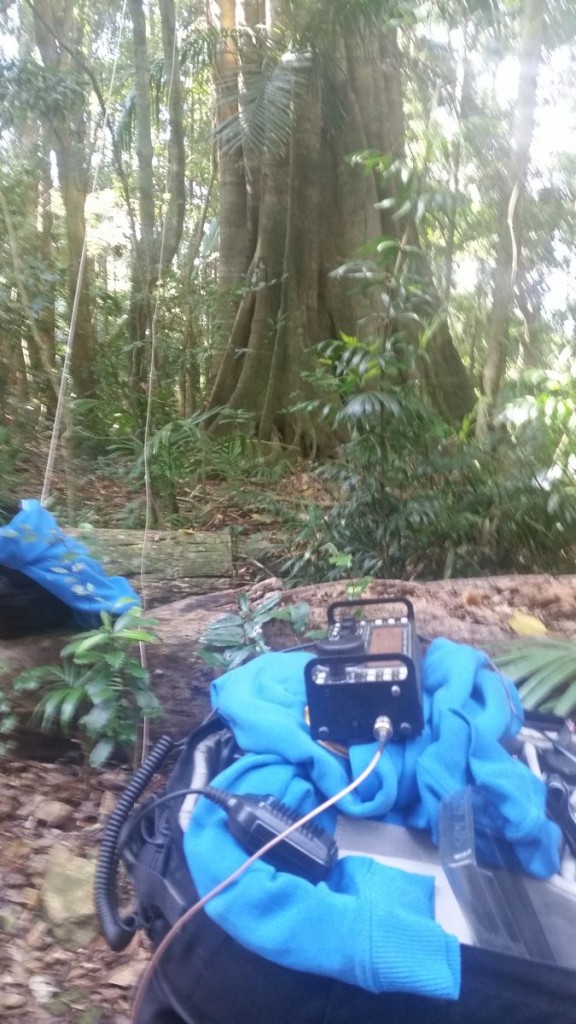
The “shack” Sitting on a log on the side of the walking trail just back from the comms tower at the summit.
As I was flyig to VK4 I was not able to pack my squid pole and had to rely on just throwing a rope over a convenient tree branch to pull up the Dipole. I managed to get it about 5m high in the center in the rainforest.
Now, the first part of the blog post will become obvious – The Leeches -Yep, there rainforest here was home to leeches and the little blood-suckers jumped on everyone but me! So, take my advice – carry the insect repellent and apply liberally before venturing onto this summit!
Now, this was probably a bad time to be actually activating the summit it was Friday 23rd Oct in the mid afternoon – just after 04:00 UTC when we made it to the summit on the drive thru and were set up. Knowing that I only had a short time, I only planned to activate on 15M and then 40M (both just using the 40M dipole).
I was able to post an alert and then post a spot as I set up and it wasn’t long before I was rewarded with my first contact. Logging just 2 contacts on 15M and then jumped down to 40M where we were rewarded with a further 9 contacts (with 7 uniques). As I had just 9 unique calls in the logs I decided to give 20M a quick go – to try and get the 10 required for VKFF – and making it a valid VKFF activation as well, so I decided to give 20M a quick try. I was rewarded with my efforts with a further 4 contacts – and 2 more uniques to give me 11 unique contacts for the dual activation.
With contacts to VK4, VK2, VK3 and a single DX contact to RA3PCI it was successful for my first VK4 Activation.
We packed up, did a double-check for leeches and headed off to our destination.
Saturday/Sunday 24/25th October – Mt Kiangarow / Bunya Mountains
I had planned to spend a couple of hours on the Sunday Morning and activate the 10-pointer VK4/SW-001 across the UTC roll-over on the Sunday Morning. I had already determined that this would be a dual activation being within the Bunya Mountains National Park VKFF-0067.
With the Guys meeting in Wagga Wagga and the expected activity of several summits being activated in the Riverina Area of NSW, I was hopeful of at least a couple of S2S contacts.
Like Tenision Woods Mountain this summit was one that was
reasonably accessable with a rad thru the National Park, and a short 1.3km walk along a well-maintained track to the Summit lookout.
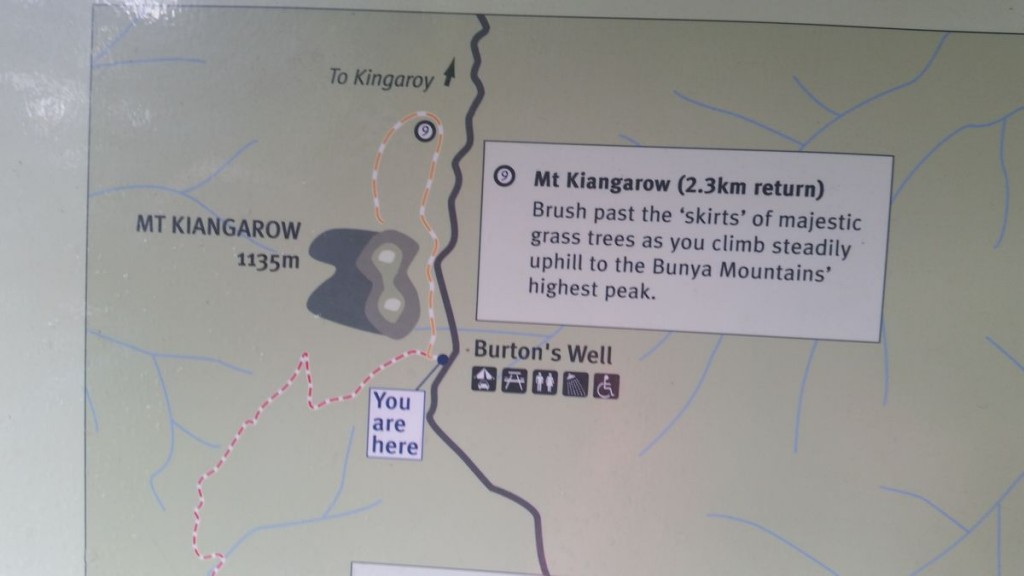
The Sign showing the walking trail around and up to the summit.
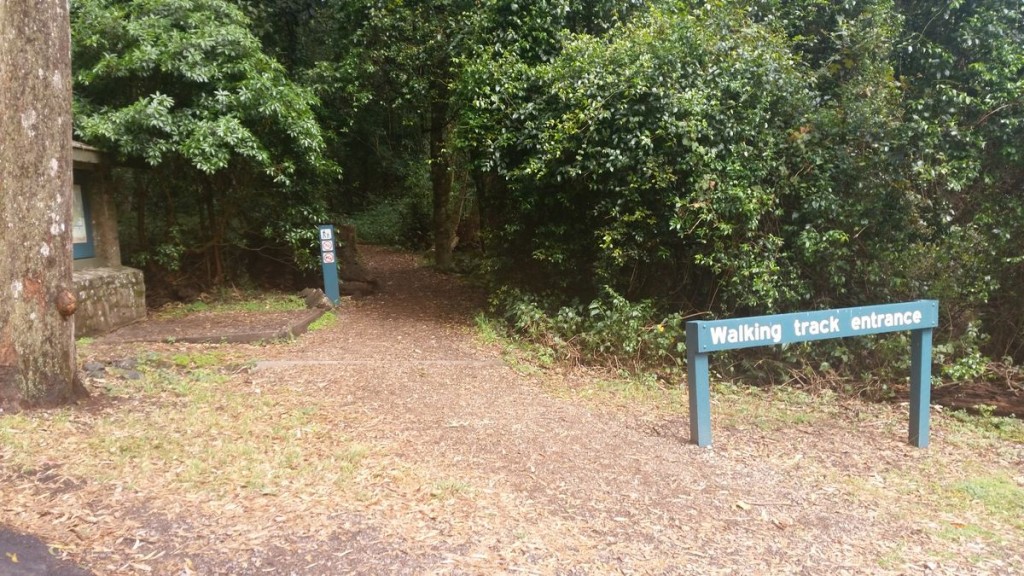
The entrance to the track to the summit.
After an easy 15 minute walk up the track you could se thru the rainforest a comms tower on the summit, and about a 100m further on we came to the end of the track, with spectacular views out to the north and a convenient seat!
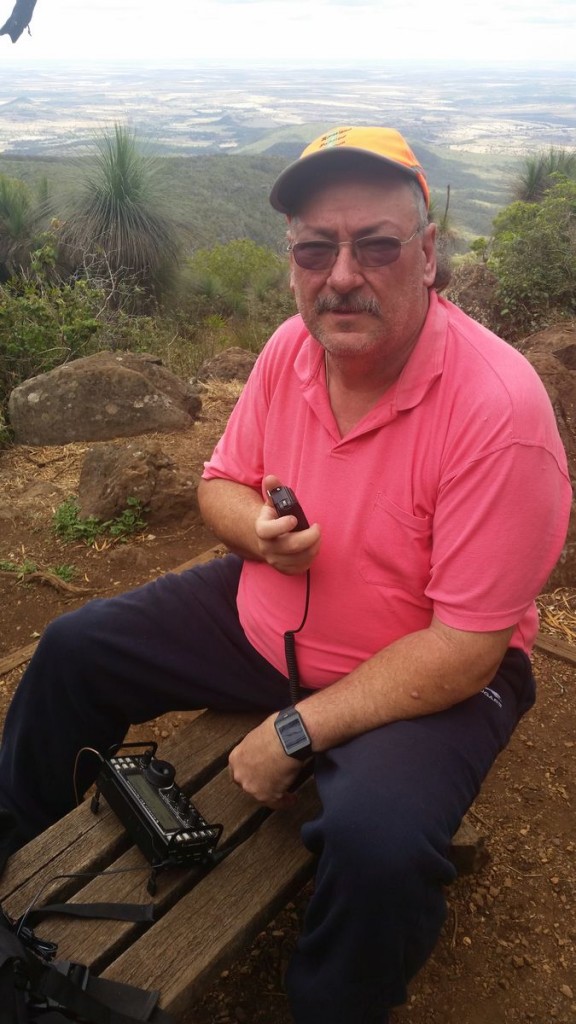
Sitting on the seat on the Summit.
As it was only 15 minutes util roll-over, I wasted no time in getting the Dipole strung up. Unlike on Friday, there were not many tall tree’s here and I really wished I had a squid pole, but made do with what I had – and the dipole was strung up about 3m from the ground!
I decided to work 40M before roll-over to maximize the chance of a as many contacts as possible -and managed to get 5, including 2 operators on VK2/RI-031.
Post roll-over, I stayed on 40M and continued to work contacts and again worked the 2 Activators on VK2/RI-025 for some more S2S action.
I worked 10 contacts on 40M before moving onto 15M and worked a further 4 chasers before jumping onto 20M, working another 8 chasers including a S2S contact to VK2/RI-026.
On a whim, I jumped onto 10M and worked my only DX for the day and also my only contester (CQWW) W5PR in Texas. and again a repeat chaser as well.
I took a look over my logs and decided o jump back to 40M after looking at the spots in an attempt to work a couple more S2S contacts. I tried and tried but had an incomplete – the other station could not hear me and was about to give up and finally completed a contact with my 4th S2S for the day to VK1/AC-009.
I was well please with this contact as It gave me something new that I had never done before when activating any summit – that last contact put into my Log VK1, VK2, VK3, VK4, VK5, VK6, VK7 and VK8 from the same summit (across 4 bands) -and all using just 10W with the KX3 and a dipole that was no more than 3M high!
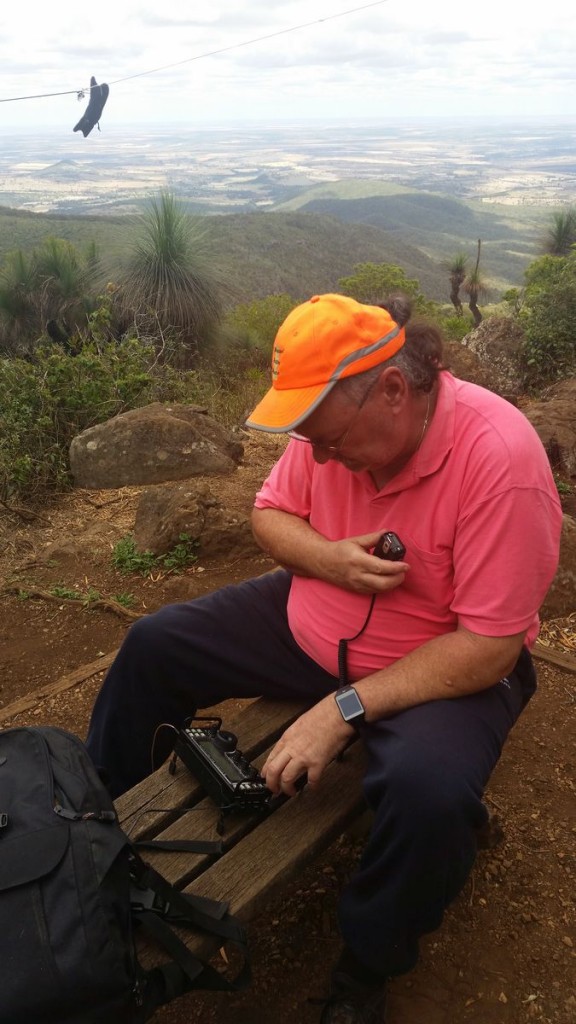
Another shot of the shack for the day – with the stunning views! That black thing in the top right is the winder at the end of my dipole about 2M high!
Yes, I do have more photos but have not pulled them off the camera yet – I’ll get to them soon!
It was nearly 2 hours, and S2S with 4 unique summits, working All VK call areas except VK0 and VK9, some (well a single) DX and a total of 26 contacts (22 uniques) it was a great day to be out Portable.
Again, I had enough chasers to make this a successful VKFF activation. I’ll get the logs up in the near future!
A big thanks to all the chasers who made the 2 activations I did in VK4 a success. Yes, conditions were a bit tough and I know that there were a few that I just could’t hear, but next time!
I almost forgot – the Ticks – Well, yep, when we got home, I discovered that I was the unlucky one this time and picked up a couple of ticks! 1 uner the arm and another one on the other arm – so yeah, should have sprayed on the Aerogard!
2 new summits, 1 New association and I can’t remember who, but I even managed to give out a complete on VK4/SW-001 to someone else who had activated it on a recent trip to VK4.
I just wished that I had more time and had a chance to see more of the summits in VK4 – but there is always next time and a lot of summits to chose from!

